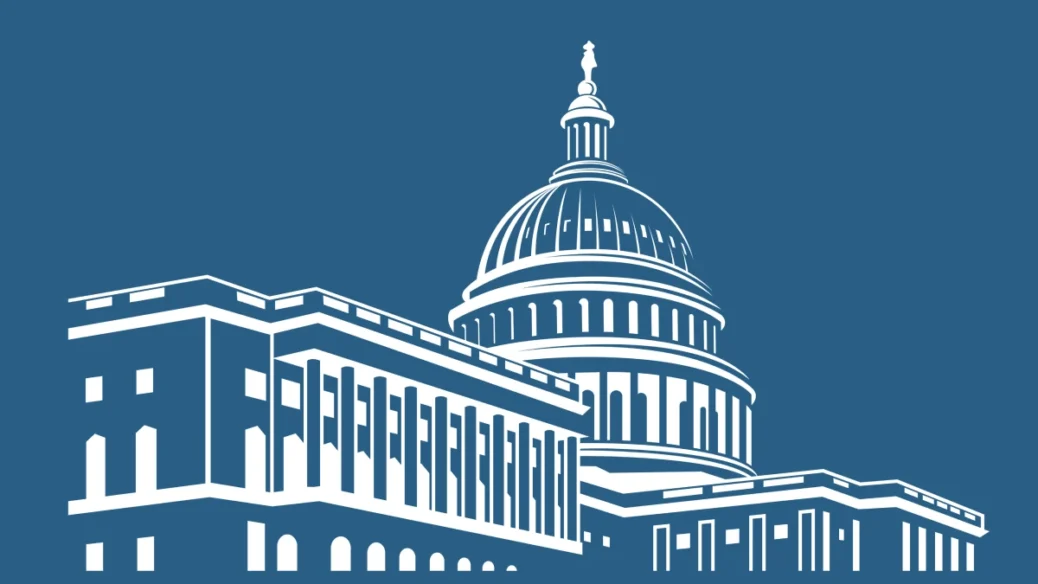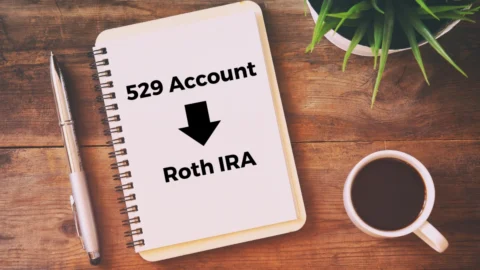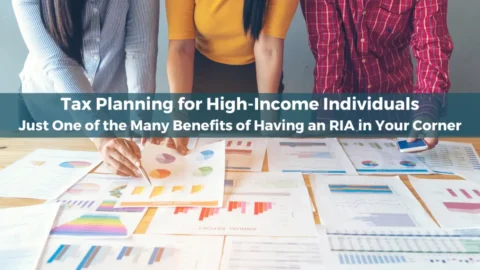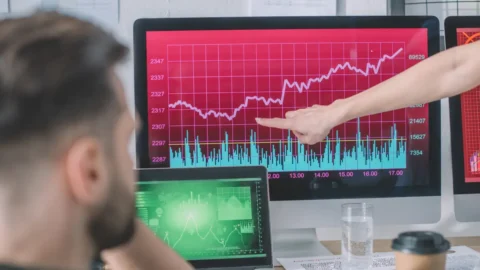The U.S. Debt Ceiling: What You Need To Know
An Update On The Markets, Economic Changes, and Gridlock In Washington
As we pass the midpoint of 2023’s second quarter, the market and broader economy have showcased resilience amidst multiple variables, the outcome of which remains uncertain. That ambiguity appears likely to change as we enter the second half of 2023. Key factors are reaching decisive moments, including the ongoing negotiations between the split Congress and Biden Administration over raising the debt ceiling and the market’s anticipation of an end to the interest rate hiking cycle.
Treasury Secretary Janet Yellen, among others, has stated that the deadline for the debt ceiling increase could be as early as June 1st. The trajectory of interest rate developments may be hinted at in the forthcoming release of critical economic indicators.
Taking a backseat but still fresh in investor memory, the regional banking crisis continues to loom, heightened by the recent acquisition of First Republic Bank by JP Morgan. Despite these uncertainties, the stock market remains stable, with the possibility of a soft landing, or at least soft-ish landing, appearing more plausible.
Market Update
The S&P 500 has seen positive returns year-to-date near 8%, but participation in market returns has notably weakened since February. A smaller number of larger market cap weighted stocks have led the outperformance while the “average” stock has lagged. In a “last year’s losers becoming this year’s winners” fashion, technology and growth have bounced back on the year while value tilted stocks, like those in the Dow Jones Industrial Average, have struggled to produce gains.
Sector-wise, technology, consumer discretionary, and communication services stocks have outperformed, while materials, industrials, and real estate sectors saw muted returns and energy, financials, utilities, and healthcare have incurred losses. The pattern reflects a move from cyclical to quality stocks, although international equities, particularly in developed markets, have shown moderate outperformance. In a reversal from last year, bonds have rallied with a 3% return.
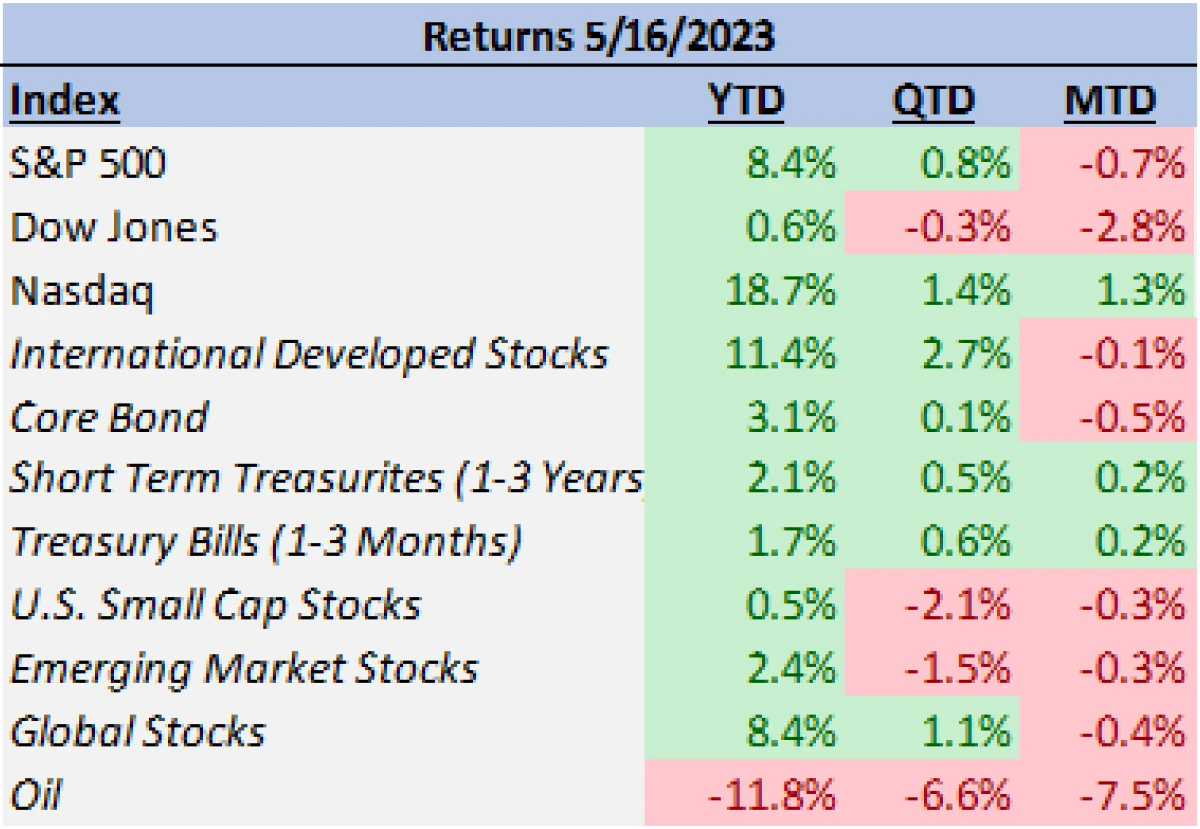
The Debt Ceiling
While recent market performance, the Fed’s interest rate policy, and inflation are all topics of investor interest, the topic that is most prominent in current events is the US government standoff over the debt ceiling. Given the growing coverage and timeliness of the issue, it is one we feel the need to address. The first two questions that should be investigated are quite simple; what is the debt ceiling and what does it mean for it to be raised?
What is The Debt Ceiling?
The US Department of The Treasury defines the debt limit as the total amount of money that the United States government is authorized to borrow to meet its existing legal obligations. These obligations include Social Security, Medicare benefits, military salaries, interest on the national debt, tax refunds, and other government/transfer payments.
Importantly, and often a misconception that we see in the discourse around the issue, the debt limit does not authorize new deficit spending commitments made by the government. What it does is allow the government to finance those existing obligations made in the past.
Has The Debt Ceiling Been Raised Before?
While the leadup and path to get there is often long, noisy, and contentious, a consensus has always been reached to extend the debt ceiling regardless of the political party holding the power. According to Congressional Research Service, Congress has approved 102 separate debt limit modifications since the end of World War II.
Of the 78 separate times since 1960 that Congress has either raised, extended, or even revised the definition of the debt limit, 49 of those times were under Republican presidents and 29 times were under Democratic presidents. Each time in those situations both political parties ultimately found the move necessary, and our expectation is that they once again will do the same here.
2023 U.S. Debt Ceiling
The U.S. reached its debt limit on January 19th and since then has been relying on funds in the Treasury General Account and through “extraordinary measures” such as the redirection of investments in various government entities.
Given that these funds are expected to run out by early June, many have logically been pondering as to what would happen in the event of no agreement being reached. Proposals as to how the government could proceed as an alternative to Congress reaching an agreement have ranged from the semi-rational to the seemingly bizarre.
One option postulated has been the invocation of the 14th Amendment which states that the validity of the U.S. debt shall not be questioned; given the subjective nature of legal interpretations and the potential of it being tied up in federal courts, this has been mostly considered an emergency option, if that.
Prioritization of debt payments has also been suggested but what would be prioritized and how effective the structures and procedures would be in place to handle this are highly uncertain.
Finally, in the “bizarre” category, some have suggested that the Treasury could issue and deposit a trillion-dollar coin at the Fed in exchange for funds. This proposal, unsurprisingly, has been largely dismissed.
If anything, the nature of these contingency plans makes a strong case as to why a Congressional agreement is the best and most plausible option, even if there is some level of comfort in knowing that these alternative scenarios are being gamed out.
Will The U.S. Default On Its Debt?
If the U.S. government were to reach the point of action needing to be taken without an agreement being reached, there would likely be at least some wiggle room to buy additional time.
A true “default” by the government would entail a failure to make a payment of interest or principal on its issued debt, a U.S. Treasury bond. Missing payments on other obligations such as government wages, entitlement or welfare payments, government worker retirement plans, while certainly not a good outcome for those affected, would not be considered a default in the same sense.
If the effects of such a scenario sound familiar to you, then you are likely remembering the most recent US government shutdown which lasted 35 days in 2018-2019. It was a different set of circumstances, as that shutdown was the result of the legislative and executive branches being unable to reach an agreement on a federal budget to fund the government, but similar tactics could be taken in prioritizing payments to Treasury bond holders.
Our expectation would be that in the event of an agreement not being reached, these sorts of methods would likely be taken, and time would be pushed beyond the summer before a debt payment was at risk of being missed.
Once again, to reiterate, we do not believe the U.S. government will default on its debt. They may, and very likely will, take this dispute to the last minute but in the end, we believe cooler heads will prevail and the financial standing and reputation of the country will take precedence over political brinkmanship. In the face of such a situation, no matter how unlikely it is, it’s hard not to ask oneself “what if”.
In response to that question, the answer is an unsatisfying “we don’t really know” because the truth is no one really knows since it truly is unprecedented. The most logical outcomes of such a default would be a sell-off in risk assets (stocks and corporate bonds), a rise in interest rates, and an increase in unemployment.
The longer the default period, the worse the negative impacts. What’s interesting though is that when looking at the most recent history for some sort of comparative period, the short-term results of such a crisis may not operate in perfect parallel to that logical framework.
Learning From The Past: 2011 Debt Ceiling
In 2011, a similar debt-ceiling crisis unfolded with a Republican controlled House of Representatives and a Democrat controlled Senate and Executive branch. Both sides of the table came to a deal at the eleventh hour, but being so close to the deadline brought with it a cost. From the end of April to August 8th of the year the S&P 500 fell nearly 18% and would settle on a bottom October 3rd at down just under 20%.
Where perhaps reality did not follow the intuitive rationale though was the effects the crisis had on US Treasuries, a key present concern to investors. Despite Standard & Poor’s downgrade of the U.S.’s credit rating in the wake of the near-default, Treasury yields actually fell and these bonds retained their ”hedge on equity risk” qualities as stock market volatility ensued.
While this current debt ceiling debacle is its own unique event with different players at the table, it does point to the unpredictability of investor behavior and market dynamics. If investors look for a hiding place, perhaps US Treasuries would still benefit from there being a perception of no truly viable alternative for safe harboring assets.
Our overall takeaway in the lead up to the continuing debt ceiling discussion is that we believe an agreement will be met to avoid the government defaulting on its debt. The potential bumpy road to get there presents an increased likelihood in market volatility, frightening headlines in the news, and the dissemination of vitriolic political talking points.
Just as we believe cooler heads will prevail in these talks, it is important investors keep calm through the potential rocky market. While there are very few guarantees in life, one near guarantee in our mind is that volatility is a temporary bump in the road in the path towards long-term returns.
Following the bottom of the 2011 debt ceiling selloff on October 3rd, the S&P 500 rallied over 17% in just 25 days. All investor losses were recovered by March of 2012, and a large part of the volatility during this time was very likely a result of factors beyond just the debt ceiling, such as the European Sovereign Debt Crisis.
Following this period, the market continued to move to higher highs during the longest expansionary economic period in US history and an S&P 500 that returned over 190% over the next 8 years (until the 2020 pandemic).
Economic Outlook
Turning our attention towards the economic environment, indicators suggest that the Federal Reserve’s monetary policy efforts have impacted the economy without derailing it. Key data points include lower than forecasted first quarter real GDP growth of 1.1% (versus the predicted 1.8%), a deceleration of April’s consumer inflation (CPI) to 4.9% YoY, and a dip in April’s unemployment rate to 3.4%.
Delving into these figures, GDP slowing was driven largely by a 12.5% drop in gross private domestic investment, notably in single-family home construction and private inventories, while personal consumption, the largest GDP component, saw an increase from 2022’s level.
The inflation data also revealed positive details: headline CPI fell below 5% for the first time in two years, and Core CPI YoY fell to its lowest since January 2022 at 5.5%. Although MoM CPI rose to 0.4% from 0.1% in March, core CPI MoM growth maintained its previous month’s pace of gains.
Lower than expected April numbers were recorded for producer prices (PPI), which often lead consumer prices in inflationary trends. PMI survey data presents a mixed picture depending on one’s perspective: while ISM Manufacturing and ISM Prices Paid exceeded April expectations, pointing to a contraction in manufacturing activity and an increase in manufacturer prices, respectively, the ISM Services Index and Services Prices Paid reported above-expected numbers, indicating continued expansion in the services sector and a rise in prices.
The Federal Reserve and Interest Rates
A myriad of factors will go into the Federal Reserve’s interest rate decisions this summer. Attention will be paid to both the progress that has occurred (given by the earlier GDP, CPI, and Unemployment data) and that of the leading indicators (including PMI data, retail sales, and a multitude of others).
While the FOMC raised rates by a quarter of a point as expected earlier this month, the Fed’s post-meeting statement offered some subtle but clear differences in its messaging. Removed from the latest statement was the sentence included in prior meetings suggesting that additional steps may be needed to tighten monetary policy.
At the same time, both Powell and other members’ comments to the public after the press conference, pushed back on any idea that rates will be cut in the near-term horizon. It is here where the market does not seem to buy into the Fed’s public forecasts.
Interest rate futures contracts are used in several ways, ranging from portfolio hedging to speculative trading, but they are often used to extrapolate market expectations for future Federal Reserve interest rate decisions. The market for interest rate futures, seen in the chart below, is pricing in less than even half a hike at the June FOMC meeting and a full cut to the Federal Funds Rate by this November.
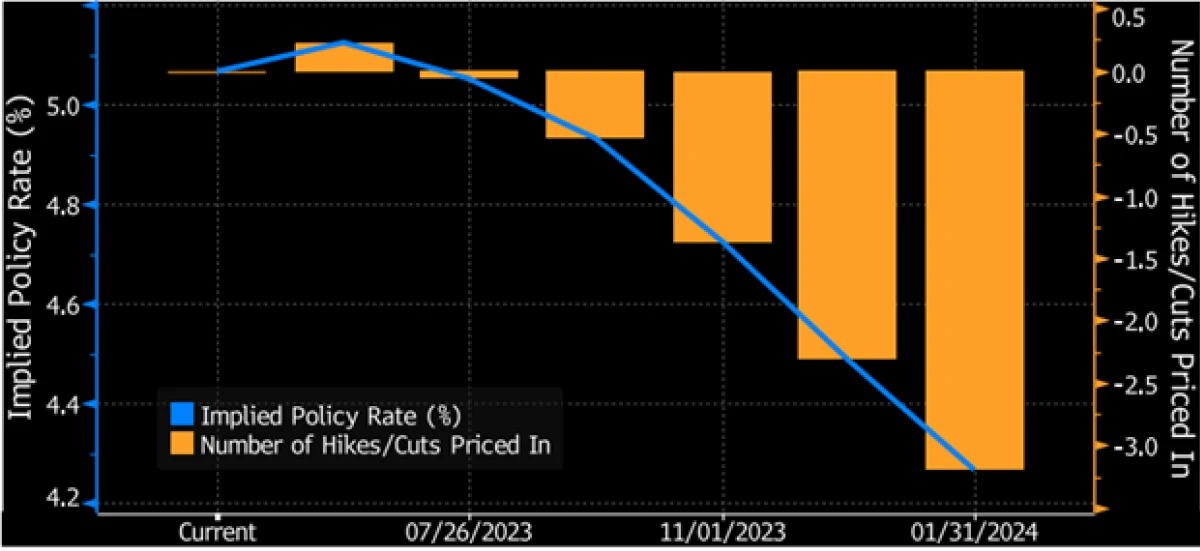
While the market and the Fed can’t both be completely right, both points of view seemingly align with our own beliefs. Inflation, the top concern of the Fed and market participants over the past two years, appears to be coming down as a result of the monetary policy actions already taken. Economic activity is adjusting to the new macro environment, forcing companies to cost cut and both they and consumers to manage major expenditures accordingly.
The leadership in the market exhibited earlier in this update, large cap stocks leading small cap stocks and growth-oriented technology companies outperforming value tilted cyclicals fits squarely within this backdrop of slowing economic activity and a belief in near-term lower inflation.
A Note On The Regional Banking Crisis
Of course, another variable at play here is the regional banking system and financial stability. First Republic Bank shared some similar characteristics to that of Silicon Valley Bank. Both poorly managed their exposures to interest rate risk and had abnormally large numbers of accounts with deposits over the FDIC limit. We don’t see these characteristics as clear signs of broader issues in the financial system at this point.
Depositor behavior will continue to need to be watched closely though as the rates of money market funds continue to rise with interest rates. Bank deposits thought to be sticky could be put to a test from a behavioral standpoint with the money market rates surpassing 5%. It is certain to be a market dynamic that the Federal Reserve, and we, will be watching closely.
Conclusion
In this newsletter, we’ve navigated a complex landscape of fluctuating market conditions, political uncertainties, and variable economic indicators. While the imminent decisions around the debt ceiling and the potential end of the interest rate hiking cycle can induce uncertainty, history strongly suggests to us that the U.S. government will not default on its debt, and we maintain confidence that the current negotiations will follow suit.
The current market environment, reflecting a shift from cyclical to quality stocks and the resilience of both domestic and international large cap stocks, speaks to soundness of a diversified investment strategy focusing on strategic asset allocation. The U.S. economy is adapting to a new macro environment, and the Federal Reserve’s policies appear to be having their desired effect on inflation.
Our attention to economic indicators and technical market trends will continue to guide our understanding of the evolving investment climate. Unexpected risks can always emerge, as geopolitical tensions continue to run high with the conflict in Ukraine and China’s posturing towards Taiwan.
We remain committed to diligently monitoring the financial landscape and adjusting our strategies as necessary. The road to financial stability can sometimes be rocky, but rest assured that our mission is to navigate these challenges to the best of our ability. We are here to help you understand these dynamics and to ensure that your portfolio is well-positioned to weather such storms.
Need Some Help?
If you’d like some help from one of our CPAs or CERTIFIED FINANCIAL PLANNER (CFP®) advisors regarding this strategy and how it applies to you, the Rhame & Gorrell Wealth Management team is here to help.
Our experienced Wealth Managers facilitate our entire suite of services including financial planning, investment management, tax optimization, estate planning, and more to our valued clients.
Feel free to contact us at (832) 789-1100, [email protected], or click the button below to schedule your complimentary consultation today.
IMPORTANT DISCLOSURES:
Corporate benefits may change at any point in time. Be sure to consult with human resources and review Summary Plan Description(s) before implementing any strategy discussed herein.Rhame & Gorrell Wealth Management, LLC (“RGWM”) is an SEC registered investment adviser with its principal place of business in the State of Texas. Registration as an investment adviser is not an endorsement by securities regulators and does not imply that RGWM has attained a certain level of skill, training, or ability. This material has been prepared for informational purposes only, and is not intended to provide, and should not be relied on for, tax, legal or accounting advice. You should consult your own CPA or tax professional before engaging in any transaction. The effectiveness of any of the strategies described will depend on your individual situation and should not be construed as personalized investment advice. Past performance may not be indicative of future results and does not guarantee future positive returns.
For additional information about RGWM, including fees and services, send for our Firm Disclosure Brochures as set forth on Form ADV Part 2A and Part 3 by contacting the Firm directly. You can also access our Firm Brochures at www.adviserinfo.sec.gov. Please read the disclosure brochures carefully before you invest or send money.
